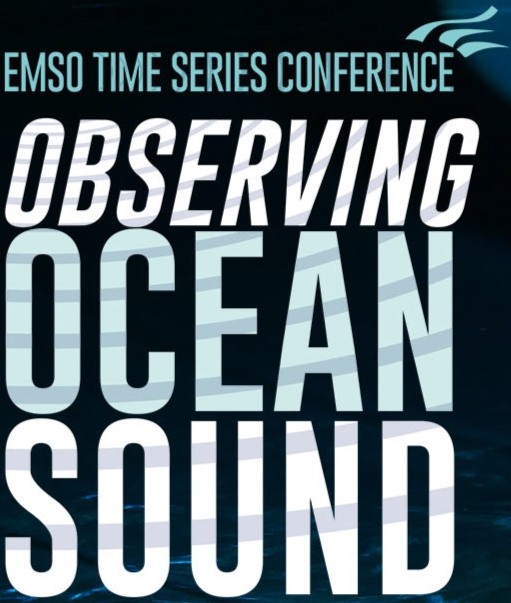
Tiago C.A. Oliveira toliveira(at)ua.pt
Physics Department & Centre of Environmental and Marine Studies, University of Aveiro, 3810-193 Aveiro, Portugal,
Ying-Tsong Lin, ytlin(at)whoi.edu
Applied Ocean Physics and Engineering Department, Woods Hole Oceanographic Institution, Woods Hole,
Massachusetts 02543, USA.
Noriyuki Kushida, noriyuki.kushida(at)ctbto.org
Comprehensive Nuclear-Test -Ban Treaty Organization, Vienna
International Center, 1400 Vienna, Austria
S.M. Jesus sjesus(at)ualg.pt
LarSys, Universidade do Algarve, Campus de Gambelas, PT-8005-139 Faro, Portugal.
and
Peter Nielsen peter.nielsen(at)ctbto.org
Comprehensive Nuclear-Test -Ban Treaty Organization, Vienna
International Center, 1400 Vienna, Austria
Comments: poster pdf.
Ref.: EMSO Time Series Conf. Observing Ocean Sound, Gran
Canaria (Spain), October 20-22 2021.
Abstract
On 18 June 2020, energetic underwater acoustic T-phase signals were recorded at the
Comprehensive Nuclear-Test-Ban Treaty (CTBT) International Monitoring System (IMS)
hydrophone stations in the Pacific (HA11 and HA03) and South Atlantic (HA10)
Ocean. In this work, the long-range propagation of these T-phases is investigated.
They were associated with an Mw7.4 submarine earthquake with an epicenter in the
Kermadec Trench located at approximately 6000, 8800, and 15100 km from HA11, HA03,
and HA10, respectively. The recorded T-phases were analyzed using the Progressive
Multi-Channel Correlation algorithm (DTKGPMCC) installed on the CTBT Organization
(CTBTO) virtual Data Exploitation Centre (vDEC). Different arrivals within the duration
of the earthquake were identified, and estimated back azimuth showed variability
over time. These results suggest that the T-phases could be triggered at different
locations along the Trench and far from the declared earthquake epicenter. Furthermore,
the analysis revealed much higher Transmission Loss (TL) in the propagation path to
HA11 than to HA03 and to HA10. Moreover, for HA10 and HA11, discrepancies between
expected and measured arrival angles were observed. A 3D parabolic equation (3DPE)
model is utilized to identify the cause of these differences in TL and arrival
angles. Numerical results confirm the importance of 3D effects induced by the,
Kermadec Ridge, Fiji archipelago and Marshall Islands on sound propagation to HA11
and Antarctica peninsula to HA10.